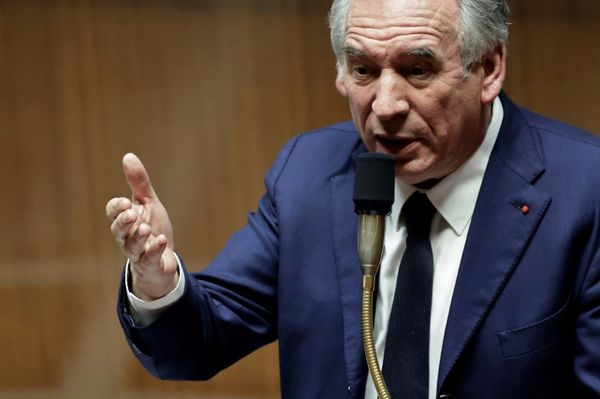The latest figures from the Office for National Statistics (ONS) show that inflation fell for the first time in nearly a year in August as lower diesel and petrol prices took some pressure off struggling households, but it remains close to its 40-year record. The ONS said Consumer Prices Index inflation reached 9.9% in the year to August, down from 10.1% the previous month.
The ONS said the biggest downward pressure on the inflation rate was the price of motor fuels, which has been falling in recent months. The 6.8% drop in fuel prices was the highest since between March and April 2020, the early days of the pandemic when oil prices briefly went negative on some markets.
Inflation has piled pressure on households around the country, whose cost of living has rocketed, mainly as a result of soaring energy costs. No part of the economy has escaped the energy crisis, which has helped push up prices of food and other items.
Energy bills and inflation
Economy experts believe that the support for energy bills announced by the UK Government last week will ensure that inflation does not reach the concerning highs that had been forecast. According to one prediction, CPI inflation could have peaked above 20% as energy bills continued to rise.
But bills will be capped at £2,500 per year for the average household for the next two years, new Prime Minister Liz Truss announced on September 8. Without that support bills had at most been forecast to rise to £7,700 for the average family.
But George Lagarias, chief economist at accountancy Mazars, warned that it will be some time before inflation truly starts dropping off.
He said: “Higher energy prices for all the previous months have fully fed into most supply chains and it will take months of lower oil for end-consumer prices to meaningfully come down again. Inflation may well remain a central theme until at least the end of the year.
"However, input costs have begun to drop and we should see this feeding into general prices eventually."
Outlook for the next few months
Inflation has risen every month since September 2021, according to the official figures, but despite a positive headline trend, inside the data there are more worrying details, according to analysis from the Resolution Foundation.
The think tank said the poorest 10th of households are facing an average inflation rate of 10.6%, compared with 9% for the richest.
Senior economist Jack Leslie, said: “High inflation is set to be with us for some time, particularly for low-income households who continue to be hit hardest by high prices.
"Having delivered £2,200 worth of cost of living support for every household this year, the UK Government will need to consider what support will be needed next year too."
Supermarket prices
Here are some examples of how the cost of everyday goods and services has risen in the past year.
The figure is the percentage change in the average price over the 12 months to August 2022.
Product
- Low-fat milk, 40.4%
- Butter, 29.5%
- Jams, marmalades and honey, 29.1%
- Olive oil, 26.6%
- Margarine and other vegetable fats, 25.6%
- Sauces, condiments, salt, spices and culinary herbs, 22.6%
- Cheese and curd, 21.0%
- Pizza and quiche, 18.6%
- Eggs, 18.5%
- Ready-made meals,18.2%
- Pasta and couscous, 16.3%
- Potatoes, 16.1%
- Fish, 14.1%
- Crisps, 13.1%
- Bread, 12.9%
- Fresh or chilled fruit, 9.4%
- Rice, 9.1%
- Sugar, 5.8%
To keep up to date with the latest energy news, join our Money Saving Scotland Facebook group here or subscribe to our newsletter which goes out three times each week - sign up here.
READ NEXT
-
Martin Lewis issues new energy warning to people on fixed tariffs
-
Full details on £400 energy rebate monthly discounts starting in October
- Five ‘energy-draining’ household appliances and how much they add to your bill every day
-
People on a low income may qualify for cash support from their local council
-
DWP loans worth up to £812 for people claiming certain benefits can be repaid over two years







